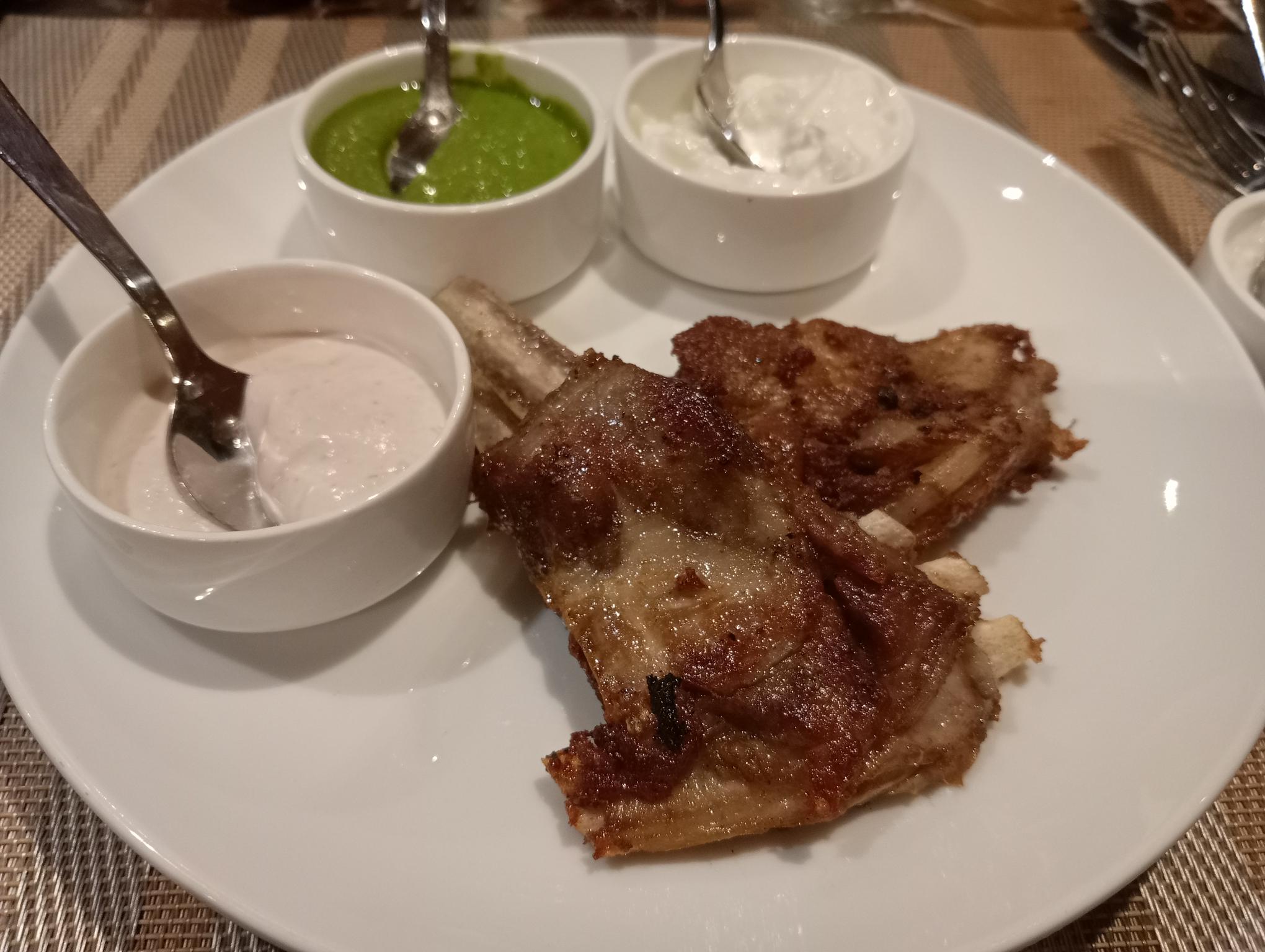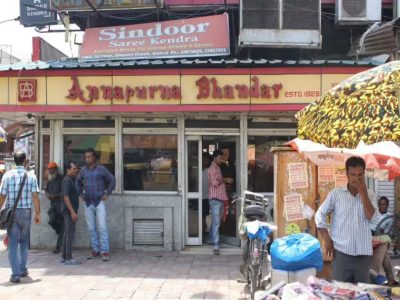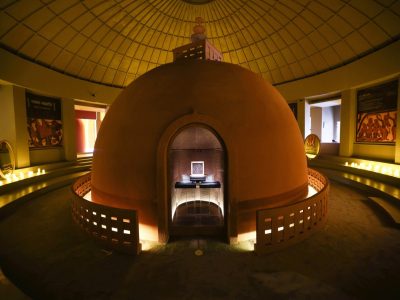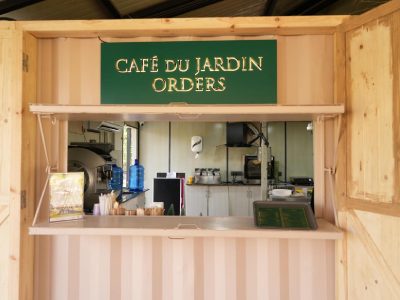Holiday Inn New Delhi Mayur Vihar is hosting “Koshur Saal” with Chef Rajni Jinsi. The food festival, being hosted since 2017, is on till February 25 at ‘Café on 3’.
Kabargah, the Kashmiri Pandit-style ribs preparation, was cynosure of the exhaustive spread, which had rogan josh, kofta, and haak among other items.
Slightly different from the fattier tabak maaz, kabargah is a dish made of ribs of young lamb or goat, cooked in milk and spices and then fried in ghee (clarified butter).
“The key is to have them fork tender with the boiling and crispy and juicy with the frying. It is an art form and here is my recipe,” said Rajni.
“Kabargah is a dish that features in all our major celebrations and all our celebrations begin and end with food as the main focus. Major occasions in Kashmir are celebrated traditionally – Pandits and Muslims alike. We would look forward to these celebrations or saal as we call them. Saal means an invitation and it also means a celebration. The saal is a sight to behold for the serving of the meal is a ceremony by itself,” added Rajni, who was born in Anantnag in Kashmir, but spent most of her life in Kolkata as she moved to the city after her marriage in 1980.
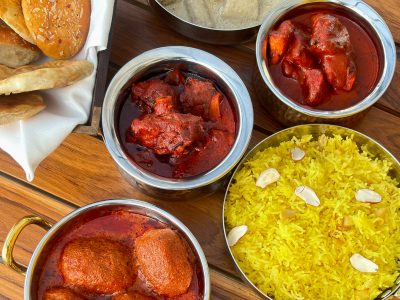
While Kashmiri Pandit food is her expertise, she loves Bengali food and finds a lot of similarity between the two cuisines.
“The Modur pulao and the Bengali Basanti pulao are pretty much similar. They are sweet in taste, yellow in colour and go best with mutton curry. However, we (Kashmiri Pandits) add a lot of local nuts such as walnuts, almonds, apricots and coconut chunks,” she said.

For Rajni, “missing home” has been constant, hence the food that she whips up is the “only way” of holding on to her roots.
“After leaving for Kolkata, I never got to return to Kashmir because things turned ugly after that and people of my community migrated en masse,” she said.
“The tragedy is that Kashmiris – both Muslims and Pandits – speak the same language, share the same culture and had rich bond among themselves. We still cherish the bond we had with our neighbours. However, it is distressing to think how far we have drifted apart from each other despite being the same people,” she rued.
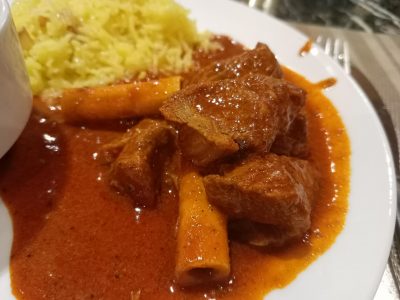
While the Kashmiri Wazwan, part of Kashmiri Muslim cuisine, is a well-known multi-course meal, the Kashmiri Pandit cuisine is equally exquisite and warrants equal attention. Its flavours are just as tantalising and luxurious as its more prominent counterpart.
The cooking methods of vegetables, mutton, homemade cheese (paneer), and legumes are somewhat similar, except in the use of onions, garlic and shallots by Muslims in place of asafoetida.

“Kashmiri Pandit cuisine uses spices like saffron, fennel, ginger and asafoetida, while dairy products like curd (yoghurt) and ghee (clarified butter) are used as well,” she said.
There is no usage of the holy trinity of onions, tomatoes and garlic in the Pandit cuisine.

Explaining further, she said, “Traditionally Kashmiri Pandit cuisine does not use onion and garlic, instead, they use hing (asafoetida) to impart flavour. Fresh vegetables and fruits like lotus stem, turnip and dried fruits like apricots and figs are often used to add sweetness or textures to the dishes. Some well-known dishes from Kashmiri Pandit cuisine include Dum Aloo, Nadur Monje, Nadur Yakhni and more. The cuisine is known for its emphasis on saffron, giving many dishes a vibrant and aromatic quality.”
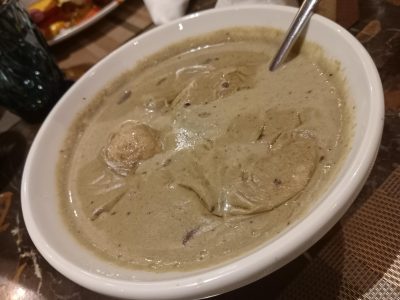
The chef moved to Delhi NCR in 2011 for her daughter and now yearns the “Kolkata Chinese food and the quality of non-vegetarian there”.
Since moving to Delhi, she initiated various aspects of Kashmiri cooking mainly due to the influence of her mother. She keeps her passion for cuisine alive by cooking for family and friends in the community.
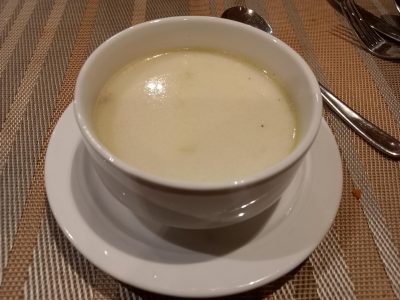
At the festival, few dishes that one can relish are Dum Aloo, Nadru Yakhni, Matsch, Paneer Kaliyan, Kabargah, Rogan Josh, Haak and many more. The festival has cyclic menu which is a part of dinner buffet with both vegetarian and non-vegetarian options.
The Paneer Kaliyan was especially beautiful after Kabargah. A light and flavourful yellowish gravy took the cake with its fragrance and soft cheese-like paneer.

